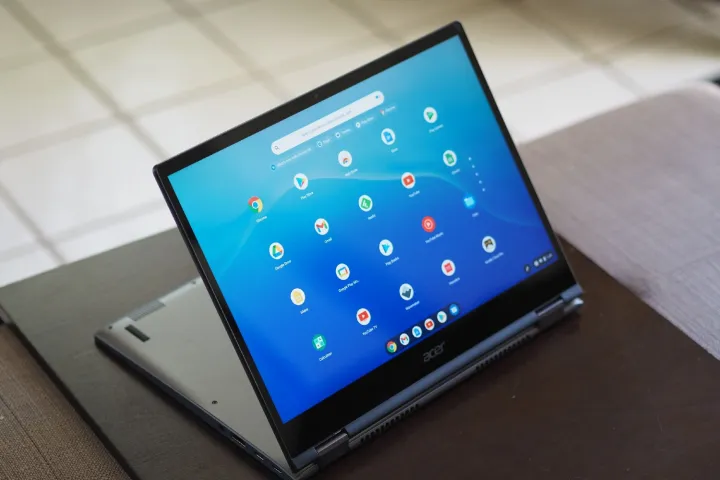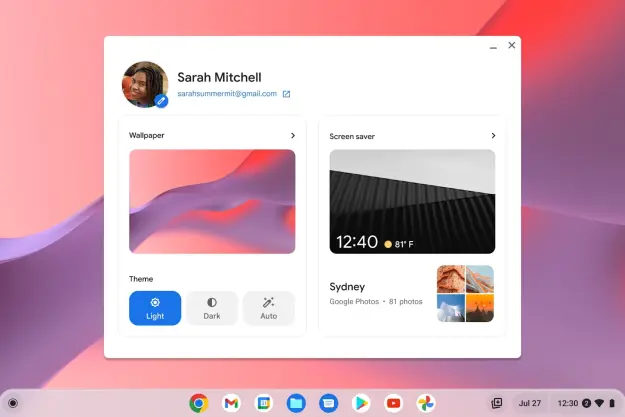If you ask any student what kind of device they’d like to purchase during this back-to-school season, they’d mention a Chromebook, MacBook, or a Windows laptop. Each of these types of laptops has its own benefits, yet there’s a high chance that most students might choose a Chromebook over anything else.
After a year of remote learning, Chromebooks are on the rise. A survey by the firm Canalys recently found that Chromebooks performed best in the PC market with Chromebook shipments growing 275% year on year. There’s a lot that goes into that popularity, and it has to do with price, simplicity, and collaboration.
Price is still the primary selling point

The number one reason why Chromebooks are a go-to choice for students has to do with price. It’s always been this way, and it’s certainly still the case today. If you walk into any electronics retail store or shop for Chromebooks online, you’ll see Chromebooks in all price ranges. When parents, students, or school districts are on a budget, spending too much money on a laptop isn’t something that’s ideal.
For instance, you can find budget-friendly Chromebooks like the HP Chromebook 11 for $229. There are even Chromebooks with touch screens and pen support for close to $200 like the Lenovo Chromebook Duet. Then, mid-range devices hitting the $500 range like the Lenovo Flex 5 Chromebook. And for students on a higher budget, premium Chromebooks can be purchased for over $600— such as the Google Pixelbook Go.
No matter which kind of budget a student has, there’s a Chromebook for that student to purchase. This used to be the case with Windows
It’s really hard to beat the selection available for Chromebooks under $500, and it’s a market that will only continue to grow.
Simplicity is key

Simplicity is another key area as to why students, parents, and school administrators love Chromebooks. This is how Google advertised Chromebooks when the devices first hit the scene, and it’s quite true even 10 years later.
Chromebooks can boot in seconds, are fast, efficient, and don’t need as much service as Windows 10
This means that Chrome OS performs better on low-end hardware compared to Windows 10. It’s why there are so many Chromebooks under the $500 range. Unlike Windows
Of course, there are limitations to what Chromebooks can do. It’s going to work for students interested in learning the Adobe creative suite, for example. Not being able to download and install an application from the web might sound like a downside, but for parents and schools, it’s a net positive. Locking down systems for security, protection against certain content, and even just to limit distractions — they’re all reasons Chromebooks have become the first choice for the classroom.
The icing on the cake? Even IT admins can manage hundreds of Chromebooks easily, with its cloud-based admin console.
Collaboration, the final piece to the puzzle

Finally, we get into collaboration. With a lot of schools using Google’s Classroom suite, and Google’s products, Chromebooks are a natural fit for students. Chromebooks have become a big hub for collaboration, which is already a strong suit of Google’s other software products, such as Google Docs or Google Sheets.
The addition of the Google Play Store opens up Chromebooks to fill holes in the software that might be important for collaboration and student work, especially when used remotely. Available on all modern Chromebooks, it is home to the same amount of Android apps that you’d find on
Google should hold onto this strength while it can, though. Microsoft is working on boosting Windows with the next-generation Windows 11 operating system and it could help make Windows
Editors' Recommendations
- Here’s why 2024 is going to be a slow year for the Mac
- This secret Samsung laptop may merge ChromeOS with DeX
- This laptop completely changed my perception of Chromebooks
- Steam enters beta on Chromebooks, tripling number of supported devices
- The Pixelbook dream may finally be gone for good


